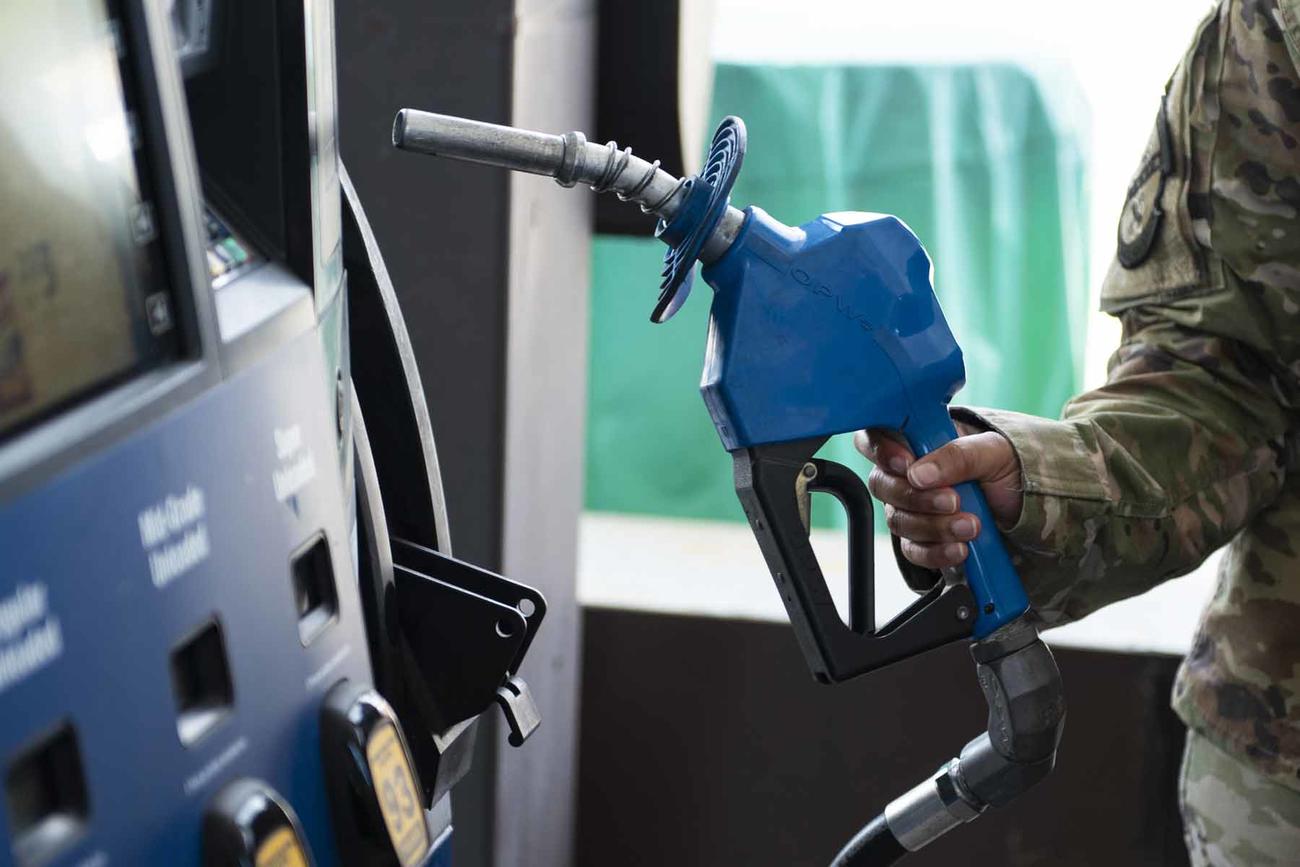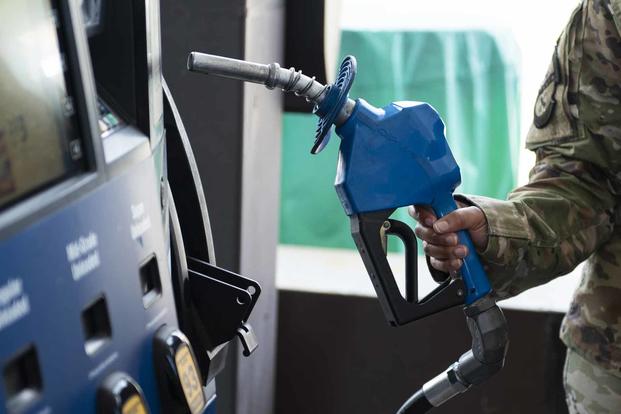

Troops are set to get more money reimbursed for out-of-pocket gasoline costs when they move or transfer to a new duty station beginning in July.
The change will mean the mileage rate for permanent change of station, or PCS, travel during the busiest summer months will increase from 18 cents to 22 cents per mile, and the rate for temporary duty, or TDY, travel will jump from about 59 cents to 63 cents for the second half of this year, according to the new rates first announced by the Coast Guard.
Surging pump prices in recent months pushed the national average for a gallon of regular gas to more than $5 on Monday — the highest recorded in over two decades, according to the AAA, prompting the IRS to bump up its benchmark standard mileage expense rate. That standard is used by the General Services Administration to set rates for the military and the rest of the federal government.
Read Next: Neo-Nazi Group Plasters VA Hospital with White Supremacist Propaganda
“While an increase of [4 cents] per mile may not seem like a lot, it is greater than the typical adjustment, and is the largest single increase in mileage rates since 2011,” D. Mischell Navarro, the acting assistant commandant for human resources at the Coast Guard, wrote in a memo to the service.
The upward spiral has been caused by a sudden increase in demand following the COVID-19 pandemic, when oil companies held back production and used up reserves. It has also been caused by the sanctions placed on Russia, a significant global oil producer, after it invaded Ukraine in February.
The AAA, which tracks the cost of gas nationally, said Monday that the average price spiked 15 cents since last week and 58 cents from a month ago to reach the highest point since the motor club started keeping track in 2000.
Troops who live in California face the highest state average of $6.43 per gallon of regular gas, the AAA reported. But other areas with major bases and large numbers of service members were also being hit with record averages as of Monday: Nevada was $5.65; Alaska, $5.56; Washington state, $5.54; Hawaii, $5.53; and Washington, D.C., $5.26.
Military families will have to face those prices when filling up vehicles during the busy PCS summer months when school is out and most choose to move to new jobs and bases. Overall, the prices haven’t appeared to slow down driving in the U.S.
“Based on the demand we’re seeing, it seems high prices have not really deterred drivers,” Andrew Gross, the AAA’s spokesperson, said in a release Monday. “If prices stay at or above $5, we may see people start to change their daily driving habits or lifestyle, but it hasn’t happened yet.”
— Travis Tritten can be reached at [email protected]. Follow him on Twitter @Travis_Tritten.
Related: Supercharging Military Pay Raises Because of Inflation Being Weighed in Congress
© Copyright 2022 Military.com. All rights reserved. This material may not be published, broadcast, rewritten or redistributed.
